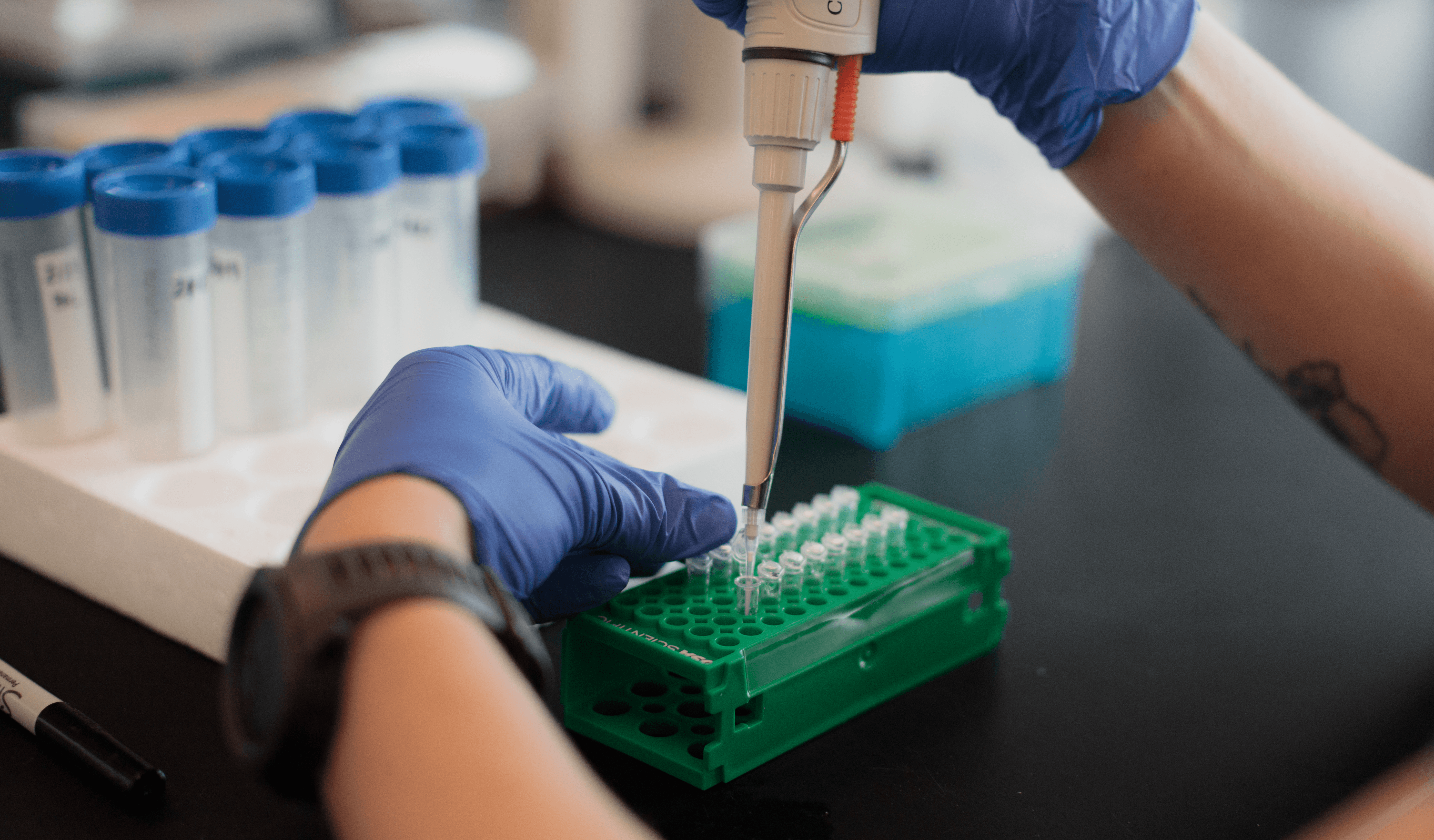To Plate, or PCR, That is the Question
Microbiological control is a critical component of a brewery’s quality program. From yeast management, to mitigating contamination, brewers invest time, energy, and resources to make sure only wanted microbes are involved in production. When it comes to microbial detection, brewers have two powerful tools at their disposal: plating on media and polymerase chain reaction (PCR). Continue reading to learn more about these tools, and how they can be used in tandem to best compliment each other.
Plating on Microbiological Media
What is plating?
Plating (aka: micro plating or total plate counts) involves adding a sample to a microbiological media, and observing what, if anything, grows on that media. If a microbe is present in the sample, and able to grow on the media, it will proliferate and accumulate resulting in a visible colony. Media selection is an important first step to make sure you’re using the right media to answer your question. (See our Micro 101: Classifications of Microbiological Media for more info on this!)
Why plate a sample?
Plating may be a routine part of a brewery’s QC program, or it may be used to troubleshoot a fermentation that hasn’t gone as planned. Any unexpected change in fermentation may inspire a brewer to plate a beer sample such as a lower terminal gravity, faster rate of fermentation, lower pH, or sensory changes.
Pros and cons of plating
Pros:
- Relatively inexpensive to implement
- Colony growth means organism is present and viable
- Diversity of media options allows for micro program to be tailored to each brewery
Cons:
- Does not identify organism–selective/differential media and growth conditions can only narrow down possibilities
- Often requires additional tests/investigation (gram staining, oxidase test)
- Ingredients in some media are toxic and should be prepared in a chemical fume hood
- Results take several days to a week or more
Polymerase Chain Reaction
What is PCR?
PCR is a molecular biology technique that uses a DNA sequence unique to an organism of interest to determine the presence or absence of that organism in a sample. In the simplest of terms, PCR makes billions of copies of a DNA sequence so it can be detected even if there are relatively few copies in the original sample.
Why use PCR?
PCR can be used as a general screening tool for beer-spoilage organisms, or it can be used to determine if a specific organism is present in your beer. PCR is often used when a brewer suspects contamination and requires quick results.
Pros and cons of PCR
Pros:
- Can be used as a general screen (ex: lactic acid bacteria) or target a gene for greater specificity (ex: horA or horC for hop resistant lactic acid bacteria)
- Rapid results - hours to determine positive/negative
- Commercial kits are available that make PCR methods easy to follow
Cons:
- Higher initial investment
- Requires specialized training
- Does not differentiate between living and dead organisms
- Requires a specific genetic marker
Plating + PCR = the best of both worlds
Plating and PCR can be used in tandem to maximize each tool’s strengths and mitigate their weaknesses. A quality program that utilizes both tools will often first plate a sample to screen for microorganisms, and then, if a colony of interest grows on the media, run PCR on the colony to identify it. This combination ensures that the organism identified is viable (alive and able to reproduce) and improves the detection and identification of a beer spoilage organism as there are many more microbes in a colony than in a sample of beer.


Leave a comment